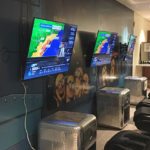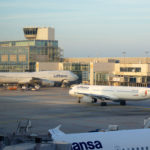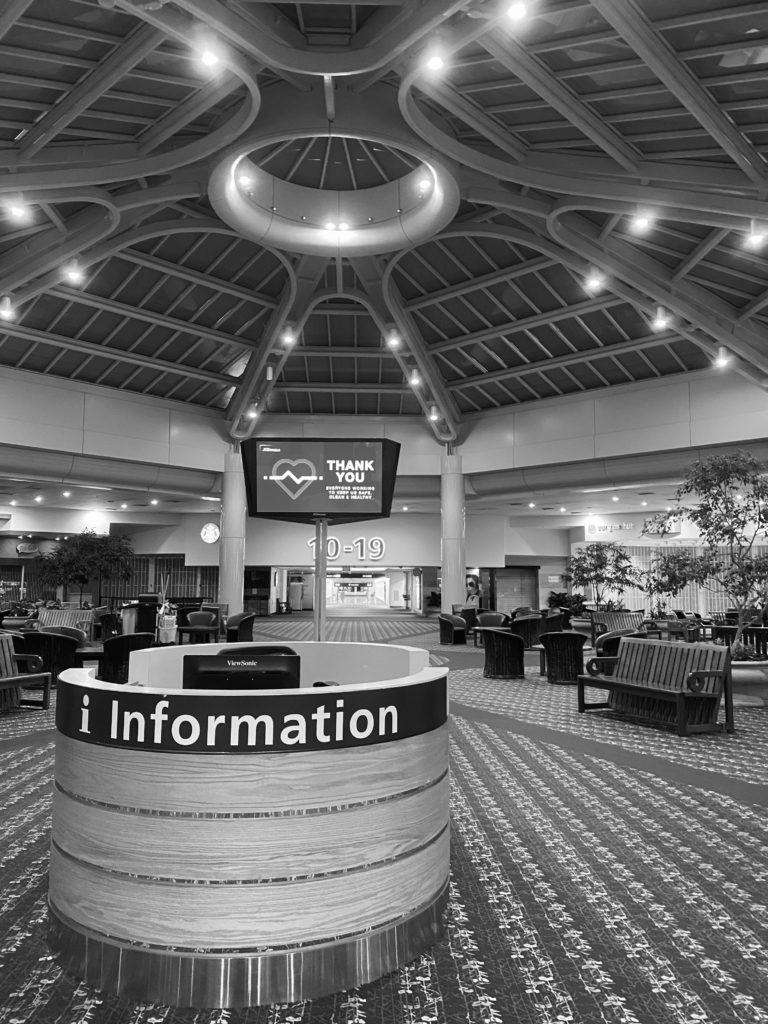
Julianne Murello is an officer supervisor for an airline and works out of Orlando International Airport. As the COVID-19 pandemic has shut down the country and kept many from traveling, she noticed how odd it was for her workplace to be so utterly desolate.
“It was really eerie being in the airport that is usually so full of people. There’s always something going on, some hustle and bustle,” Murello said. “Right when the pandemic started in March, we definitely didn’t think that it’d end up like this.”
According to Murello, by June, her airline had lost 90% of its business, with mid-April being the “most quiet.”
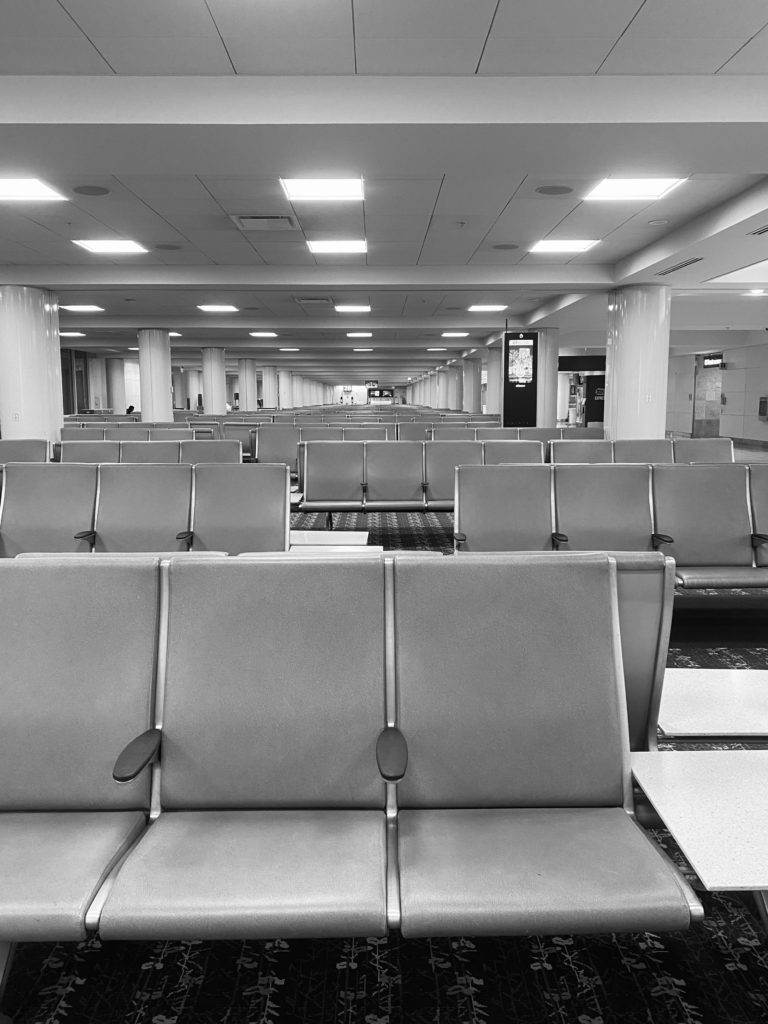
Although the airline industry has risen slowly since the mass of quarantining and shutdowns, the number of fliers is at 16.9% of the numbers exactly one year ago, according to the Transportation Security Administration.
In Murello’s estimate, from what she’s seen, the volume of travelers has been at “20 to 30%” of the norm for the peak travel time that usually comes in the summer.
“Our company thinks that, by 2021, things will be back to normal,” Murello said. “They’re also preparing for a potential second wave of infections in the fall. I think that all of the airlines are under the impression that COVID-19 is going to change the airline industry more than 9/11.”
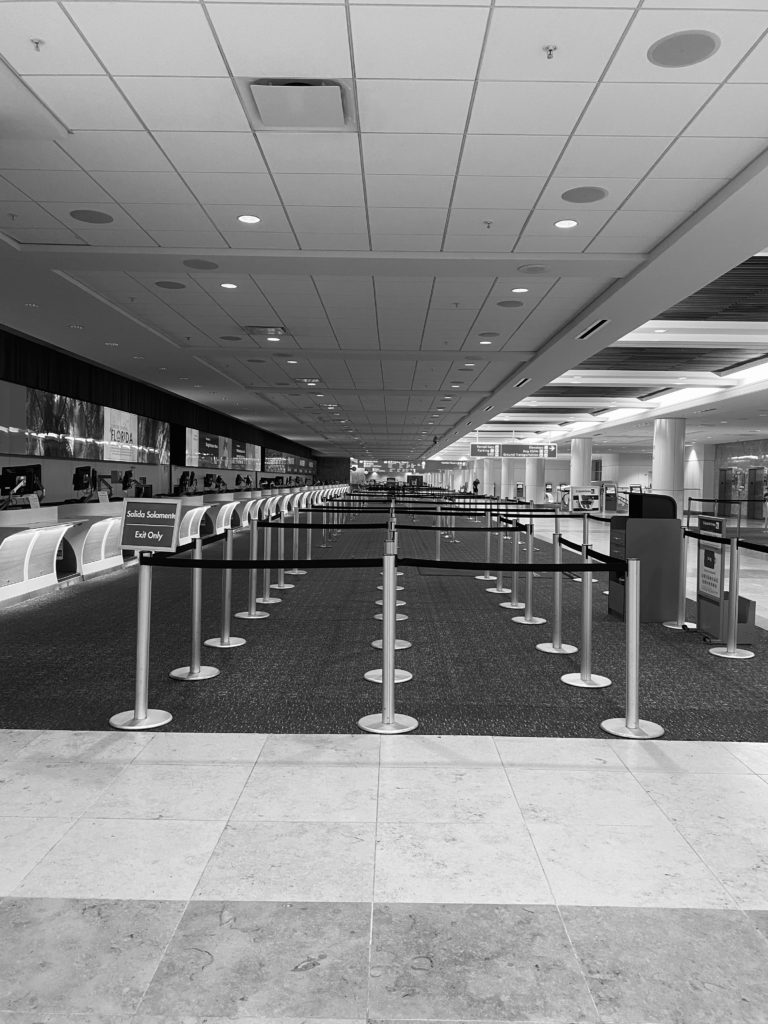
Airlines are offering time-off programs to their employees, Murello said. Some workers in her airline can take up to five months off with pay and benefits with funding from the CARES Act.
In the United States, airlines have recently taken measures to ensure that passengers are safe and willing to fly more often. Airlines for America, the trade association and lobbying group, recently announced that passengers who refuse to wear a mask may be put on a no-fly list. Middle seats are also restricted to encourage social distancing.
Dr. Ahmed Abdelghany, the associate dean for research at Embry Riddle Aeronautical University’s Daytona Beach campus, said that as airlines began to get the news from China at the beginning of the year, they cut off that market and began to prepare for huge industry changes.
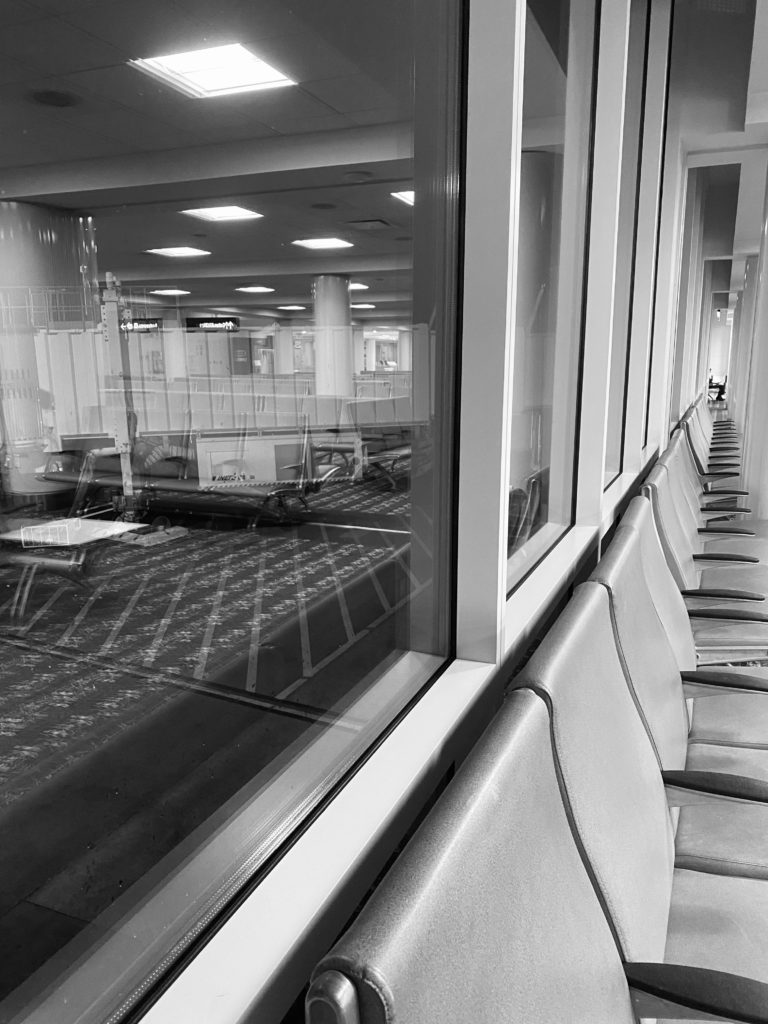
After the pandemic spread to the United States, airlines began to cut their flight schedules by 80 to 90% for the entire month of April and beginning of May, stated Dr. Abdelghany.
“The domestic markets have begun to recover slowly since then,” Dr. Abdelghany said. “And that’s where we are right now.”
According to Dr. Abdelghany, airlines are constantly evaluating short-term and long-term risks. They all had some kind of plan for a pandemic but perhaps weren’t prepared for something of the scale of COVID-19. According to the World Health Organization’s June 16 report, there have been nearly 17 million cases of COVID-19 and 435,000 deaths worldwide – a scale of infection that hasn’t been seen since the post-WWI Spanish Flu.
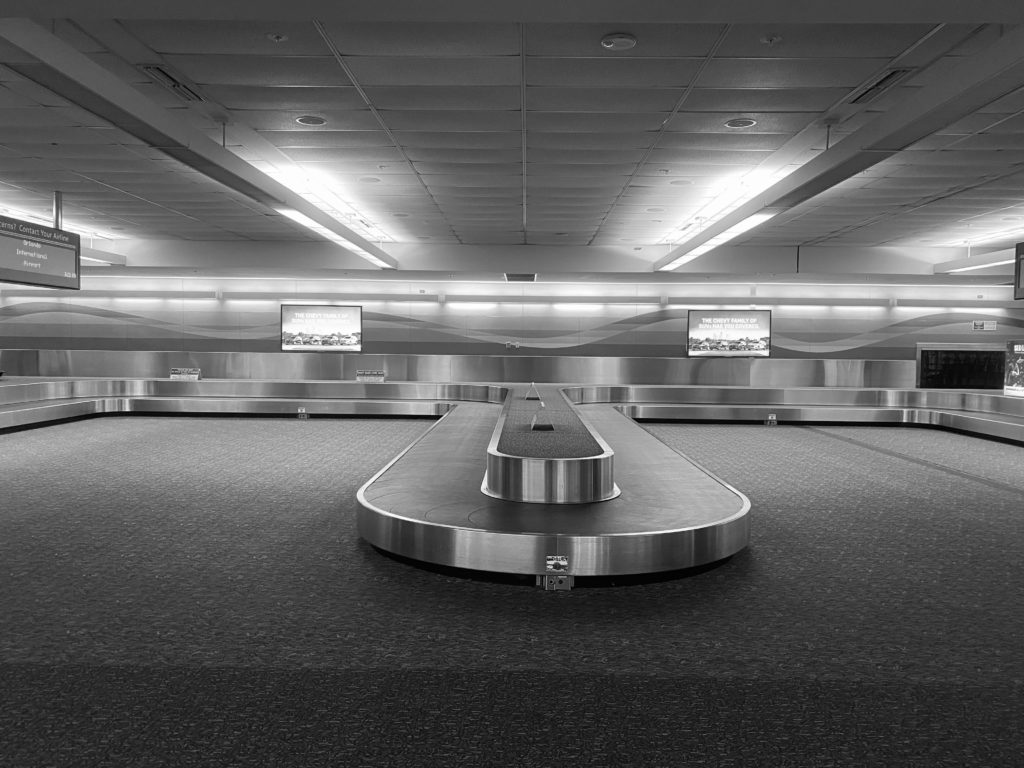
“You can expect something like SARS or Ebola to affect some markets here and there, but to see something global that will impact everybody is not something I think was on paper or in the minds of airlines,” Dr. Abdelghany said.
People should expect to hear the news in the “next few months” about airlines cutting jobs and downsizing, Dr. Abdelghany said. Americans Airlines has already offered employees a package to voluntarily quit.
“We’re supposed to be in a big season for airlines, where there’s a lot of demand and they make money,” Dr. Abdelghany said. “If this season is over and we don’t have a good idea of the spread of the disease, we will enter the fall with very hard decisions for the airlines.”
